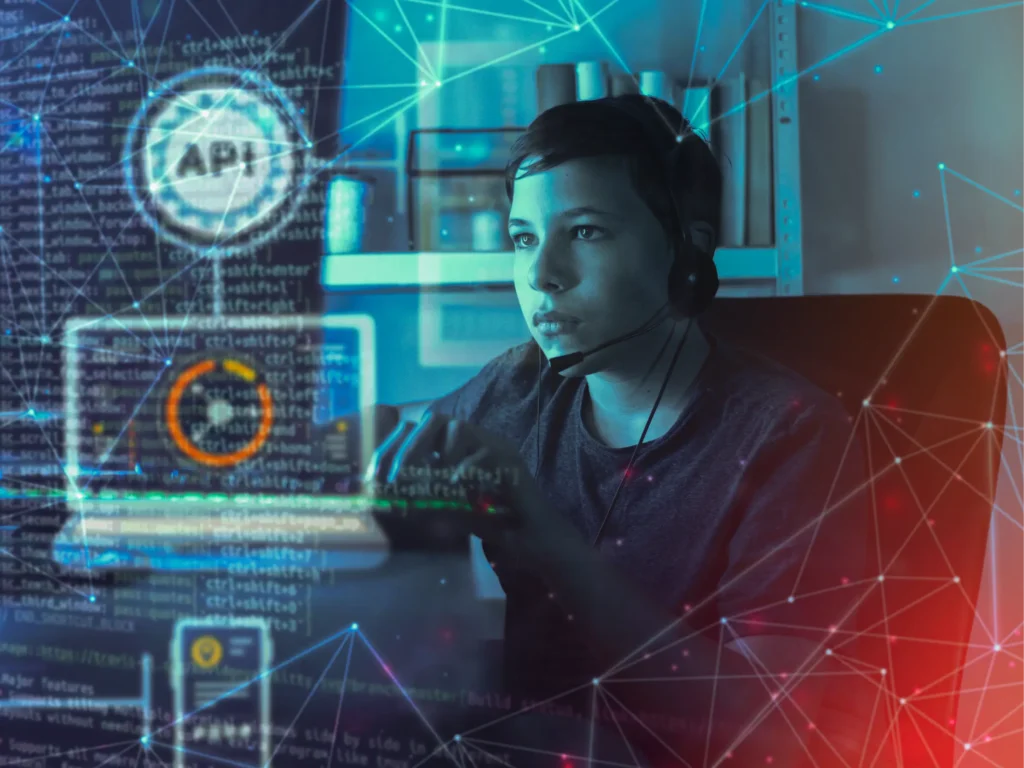Table of Contents
Responsible use of generative AI: Generative AI is revolutionizing industries from content production to software development. As this technology becomes more pervasive, developers must understand the responsibilities they owe when using this powerful technology. Generative AI gives us power but with it comes ethical, legal, and technical challenges we must navigate responsibly if it’s to be used correctly; this article explores these responsibilities with insight and real-world examples to ensure developers use generative AI responsibly.
Understanding Generative AI
responsible use of generative AI
Generative AI mes Generative AI refers to an artificial intelligence category capable of creating new content such as texts, images, music and software code. Popular examples of Generative AI models are OpenAI’s GPT models (which create human-like text) and DALL-E (which creates images from text descriptions). Generative AI tools have revolutionized creative processes with rapid production times but must also be treated responsibly as this power can have dire repercussions for society at large.

Key Responsibilities of Developers Using Generative AI
Developers Utilizing Generative AI
Developers must ensure their AI models are used ethically, including avoiding content that could potentially cause harm, such as hate speech or misinformation. Furthermore, any such content must consider potential consequences on different groups as well as safeguards that prevent misuse by taking into account impact assessments of AI-generated material on diverse groups and devising safeguards against its potential misuse.
Example: Developers employing text generation models should implement filters to restrict harmful or biased content creation. Failing to do so could spread false information, reinforcing damaging or harmful stereotypes.
Transparency and Explainability
responsible use of generative AI:
AI developers should strive to make their models transparent and explainable so users understand how the AI makes decisions and generates content, to build trust between themselves and the AI as well as be aware of its limitations.
Example: If generative AI is used to produce news articles, readers must be made aware that its content was generated artificially and how the model sources and processes information to create that article. Furthermore, developers should explain how the model sources and processes data to produce such outputs.
Data Privacy and Security
responsible use of generative AI:
Generative AI models are trained on large datasets that often include sensitive information. Developers must ensure that AI training data is handled responsibly to meet privacy and security standards – including anonymizing it as appropriate and receiving consent from owners of said datasets.
Example: Before training a generative AI model on user data, developers must ensure it has been anonymized and that users have agreed to its use. Furthermore, outputs generated from such models should not reveal sensitive information.

Bias Mitigation
responsible use of generative AI:
mes Artificial Intelligence models can inherit biases present in their training data. Developers are responsible for recognizing and mitigating such biases to ensure fair and impartial output from these models. This may require using diverse training data sources as well as techniques designed to minimize its effects in model outputs.
Developers constructing generative AIs for job application screening should make sure their models do not favor candidates based on gender, race or other irrelevant criteria. To accomplish this task, training data should be carefully selected while regularly testing for bias.
Accountability for AI Outputs responsible use of generative AI
responsible use of generative AI :
Developers should accept responsibility for the results produced by their AI models, including any issues caused by its misuse, such as harmful or inaccurate content being generated. Developers must put mechanisms in place to monitor and correct AI outputs as required.
Example: If an artificial intelligence (AI) system is used to generate social media posts, its developer should remain alert for any problems and be ready to intervene if inappropriate posts arise from the AI.

Real-World Implications and Challenges
responsible use of generative AI :
Developers using generative AI must consider its real-world implications when employing this technique, for instance when AI generates legal documents or contracts in the legal field that must be accurate and fair in their output; any errors or biases found could have serious legal repercussions.
Creative industries are currently witnessing an explosion of generative AI usage, but its increased use also poses significant copyright and originality concerns. Developers must tread carefully when using artificially generated content as this could infringe existing copyrights or diminish human creativity.
As generative AI becomes more widespread, there has been rising concern regarding its effects on jobs. Developers should always keep in mind the broader social implications of their work – including any possible effects AI might have on employment in different sectors.
Best Practices for Responsible AI Development
Responsible AI Development Developers should follow certain best practices when developing AI-powered generative applications:
Regular Audits: Execute regular audits of AI models to ensure they are functioning as intended and do not produce harmful or biased content.
User Education: Provide users with education on the capabilities and limitations of generative AI technology so that they understand how best to use it responsibly.
Collaboration for Development: Work collaboratively with ethicists, legal experts, and other stakeholders to address any ethical or legal challenges associated with Generative AI technologies.
Constant Development: Stay abreast of developments in AI ethics and technology, and constantly develop AI models in line with evolving standards.
Conclusion:
Approaching Generative AI Responsibly
Generative AI offers immense promise to transform industries and transform lives, yet comes with great responsibility. Developers stand at the forefront of this technological revolution and their actions will determine how people view AI use in society. By prioritizing ethical considerations, transparency, data privacy concerns, bias mitigation efforts, accountability measures, developers can ensure generative AI serves society for the greater good.
As generative AI advances, developers’ responsibilities will only become more vital. By accepting them with enthusiasm and dedication, developers can ensure a future where AI serves to augment human creativity, encourage innovation, and make our world better.
